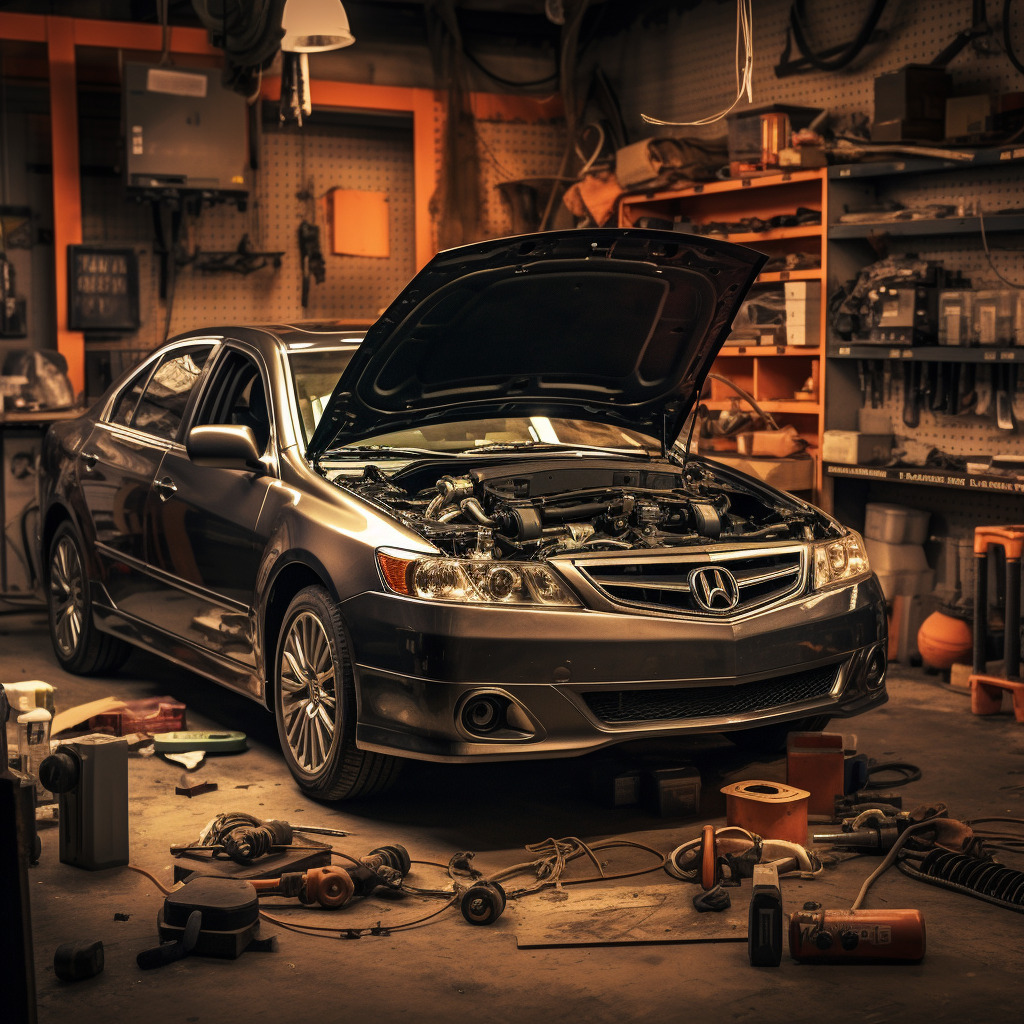

Introduction
In the world of diagnostics, the P009E DTC code is an important indicator of an issue within the vehicle’s fuel system. This code specifically relates to a fault found in the fuel system pressure regulator control solenoid, providing valuable information to technicians and mechanics to identify and resolve the underlying problem. In this article, we will delve deep into the P009E DTC code, exploring its causes, symptoms, and possible solutions to assist both professionals and car owners in rectifying the issue.
The P009E DTC code is triggered when the powertrain control module (PCM) detects a malfunction in the fuel system pressure regulator control solenoid circuit. Several potential causes can lead to the occurrence of this code. Some common causes include:
Faulty Pressure Regulator Control Solenoid: The pressure regulator control solenoid can fail due to electrical issues, such as open or short circuits, which disrupt the normal operation of the solenoid.
Wiring or Connector Problems: Damaged or corroded wiring and connectors can impede the proper functioning of the pressure regulator control solenoid, leading to the P009E code.
PCM Malfunction: In rare cases, a malfunctioning or defective PCM can incorrectly trigger the P009E DTC code, even when there is no actual issue with the fuel system pressure regulator control solenoid.
When the P009E DTC code is present, various symptoms may be experienced by the driver or noticed during vehicle operation. These symptoms, if ignored, can result in further damage to the vehicle or compromised performance. Some common symptoms associated with the P009E code include:
Check Engine Light: The illumination of the check engine light is usually the first indicator for the driver that there is an issue within the fuel system.
Reduced Engine Performance: The vehicle may exhibit a decrease in power, acceleration, and overall engine performance due to the fuel system malfunction.
Difficulty Starting: Starting the vehicle might become more challenging as the fuel pressure is not regulated properly.
Fuel Economy Decreases: A malfunctioning pressure regulator control solenoid can lead to poor fuel economy, resulting in more frequent visits to the gas station.
Resolving the P009E DTC code requires a systematic approach to identify and fix the underlying problem. Here are some potential solutions to consider:
Diagnostic Scan Tool: Using a diagnostic scan tool, retrieve and record any additional diagnostic trouble codes (DTCs) present. This step will provide further information to aid in troubleshooting.
Inspect Wiring and Connectors: Thoroughly inspect the wiring harness and connectors related to the fuel system pressure regulator control solenoid. Look for any signs of damage, corrosion, or loose connections. Repair or replace any faulty components as necessary.
Check Pressure Regulator Control Solenoid: Test the pressure regulator control solenoid for proper operation using a multimeter or oscilloscope, following the manufacturer’s guidelines. Replace the solenoid if it is found to be faulty.
Verify PCM Functionality: Test the PCM to ensure it is functioning correctly. This can be done by inspecting its connections and performing any relevant diagnostic tests recommended by the vehicle manufacturer.
Clear DTCs and Test Drive: After addressing the possible causes, clear the DTCs using the diagnostic scan tool and take the vehicle for a test drive. Monitor for any recurrence of the P009E DTC code and related symptoms. If the code does not reappear, it suggests the issue has been successfully resolved.
Q1: Can I continue driving my vehicle with the P009E DTC code?
A1: It is not advisable to continue driving with the P009E DTC code, as it can lead to a reduction in performance and potentially cause further damage to the vehicle. It is recommended to address the issue promptly to prevent any long-term consequences.
Q2: How much does it cost to fix the P009E DTC code?
A2: The cost of fixing the P009E DTC code can vary depending on several factors, including the underlying cause of the issue, the vehicle’s make and model, and labor costs in your area. It is recommended to consult with a trusted mechanic or dealership to receive accurate cost estimates.
Q3: Can I repair the P009E DTC code myself?
A3: While diagnosing and repairing the P009E DTC code can be complex, some experienced DIYers may possess the knowledge and tools necessary to fix the issue themselves. However, it is important to have a comprehensive understanding of the vehicle’s fuel system and access to the appropriate diagnostic equipment. If unsure, it is best to consult with a qualified mechanic to ensure proper resolution of the problem.
In conclusion, the P009E DTC code is a clear indication of a potential issue within the fuel system pressure regulator control solenoid. By understanding the causes, recognizing the symptoms, and following the appropriate solutions, both technicians and car owners can address the problem effectively. Remember, it is important to take swift action to rectify the P009E DTC code to ensure optimal vehicle performance and avoid any further complications.